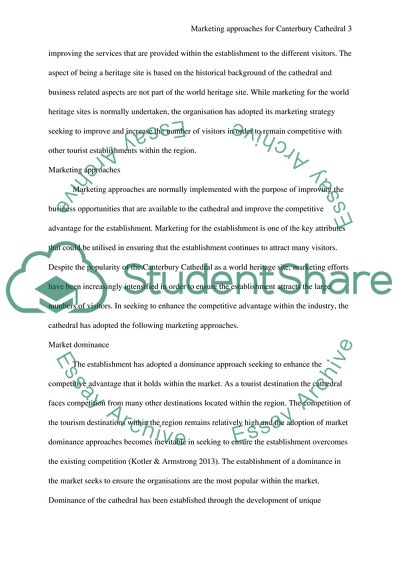Cite this document
(Marketing Approaches for Canterbury Cathedral Case Study, n.d.)
Marketing Approaches for Canterbury Cathedral Case Study. https://studentshare.org/marketing/1854867-tell-you-later
Marketing Approaches for Canterbury Cathedral Case Study. https://studentshare.org/marketing/1854867-tell-you-later
(Marketing Approaches for Canterbury Cathedral Case Study)
Marketing Approaches for Canterbury Cathedral Case Study. https://studentshare.org/marketing/1854867-tell-you-later.
Marketing Approaches for Canterbury Cathedral Case Study. https://studentshare.org/marketing/1854867-tell-you-later.
“Marketing Approaches for Canterbury Cathedral Case Study”. https://studentshare.org/marketing/1854867-tell-you-later.


